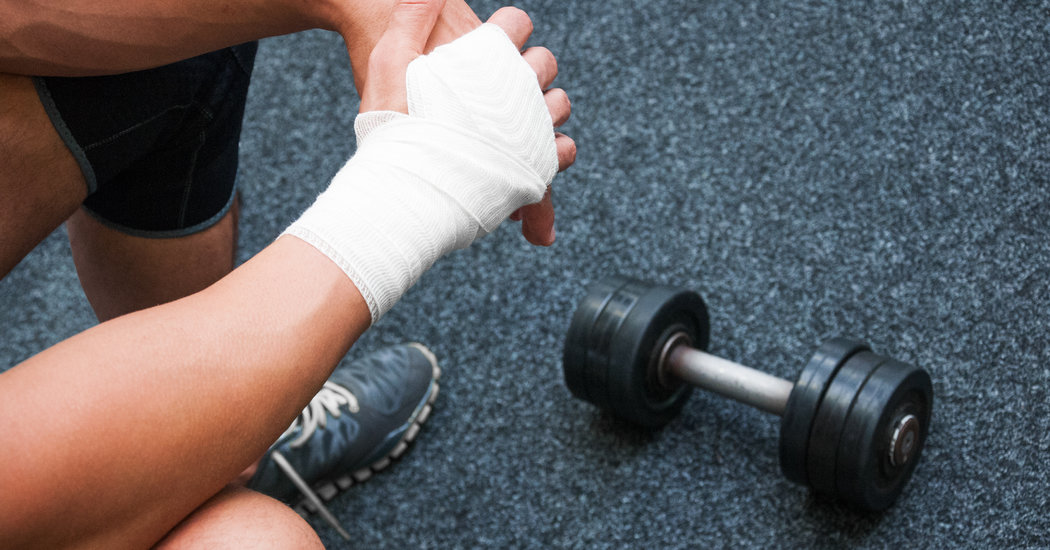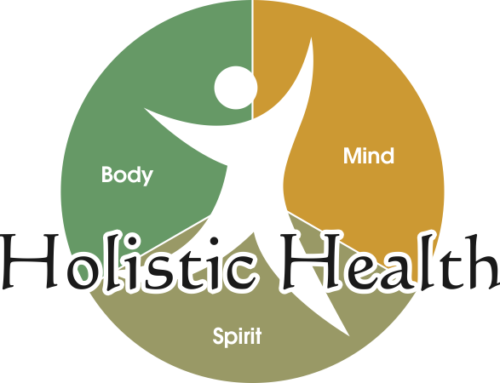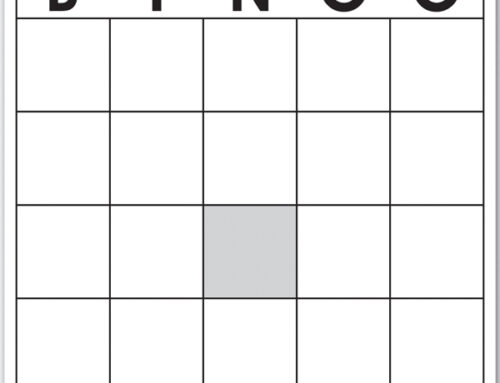
Maybe you have had an injury or surgery to your arm or leg and can recall the agonizing wait before being able to use your injured extremity. You may have noted that with discontinued use, you suffered from muscle atrophy; meaning your muscles on the injured extremity have “shrunk”. Muscle atrophy is normal when you are immobilized for a duration, and can occur in as little as 3 weeks. There is a way to strengthen that arm or leg during the time you are not allowed to use it. This technique is called contralateral training or cross transfer strengthening.
How it works
Similarly to a machine, the body also functions better when in proper symmetry. The nervous system is responsible for the reflex response. The brain is then responsible for the motor reaction or action. Since the brain and body like to perform in synchronized movement, this causes the contralateral training to benefit you during immobilization. When the muscle is challenged to perform for strength and endurance, it sends a response to the brain to recruit the muscle(s) to perform the action necessary. Even though the injured side does not respond with a motor reaction, the neural response was sent to the muscles. The mind, not the muscle itself, has “muscle memory” so when an action needs to occur, the brain signals the reaction to the muscles necessary. And this, is how contralateral strength training occurs!
Evidence

Due to several studies performed with different exercise styles, we can utilize cross strengthening earlier. We now know that the reason contralateral strengthening works is due to the central neural system and its deliverance to the muscles bilaterally; both sides of the body. Studies have shown that the cross-exercise training works best when the program is set with multiple sets and repetitions rather than one set, at maximum effort, with low repetitions. The most beneficial exercise routine for contralateral strengthening would be set up with focus on muscle lengthening or eccentric exercise, with 8-15 repetitions at 3-5 sets, then with a 1-2 minutes rest time scheduled between sets. This type of training is also used to help decrease onset muscle soreness in the injured area.
This might help for you to understand why therapists work both sides or the opposite side of injury/surgery. To avoid further injury, do not try this technique at home. Speak to your therapist for a safe home exercise program to work on contralateral strengthening. Post injury or post surgical no longer has to be a waiting game to engage muscles on the injured side of the body.
https://www.ncbi.nlm.nih.gov/pmc/articles/PMC5465979/
https://www.bettermovement.org/blog/2011/both-sides-now







